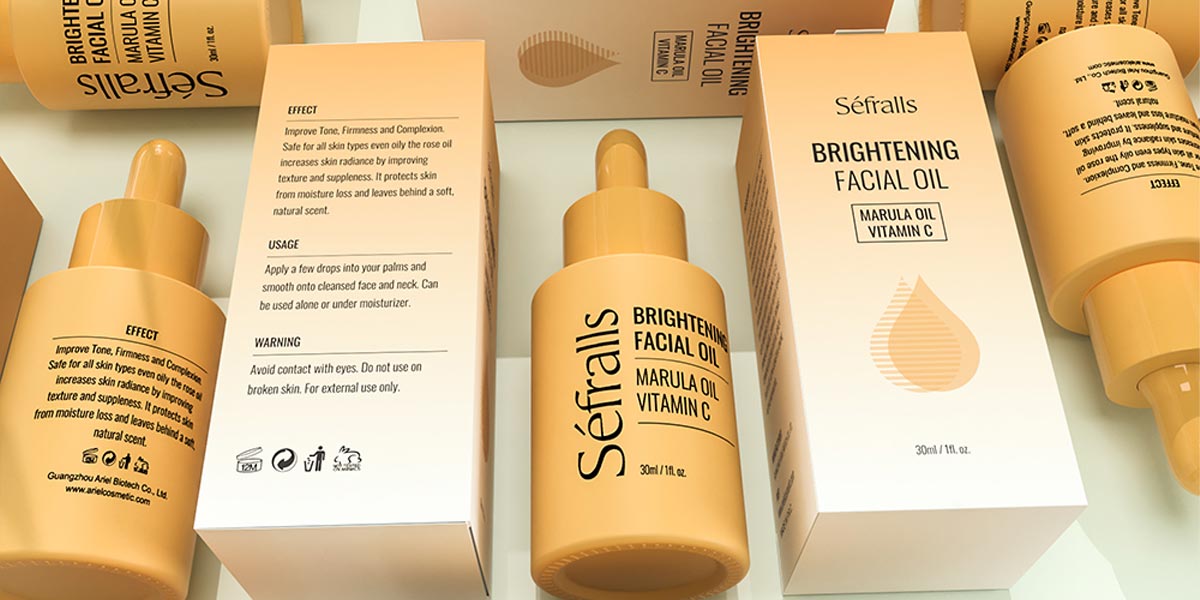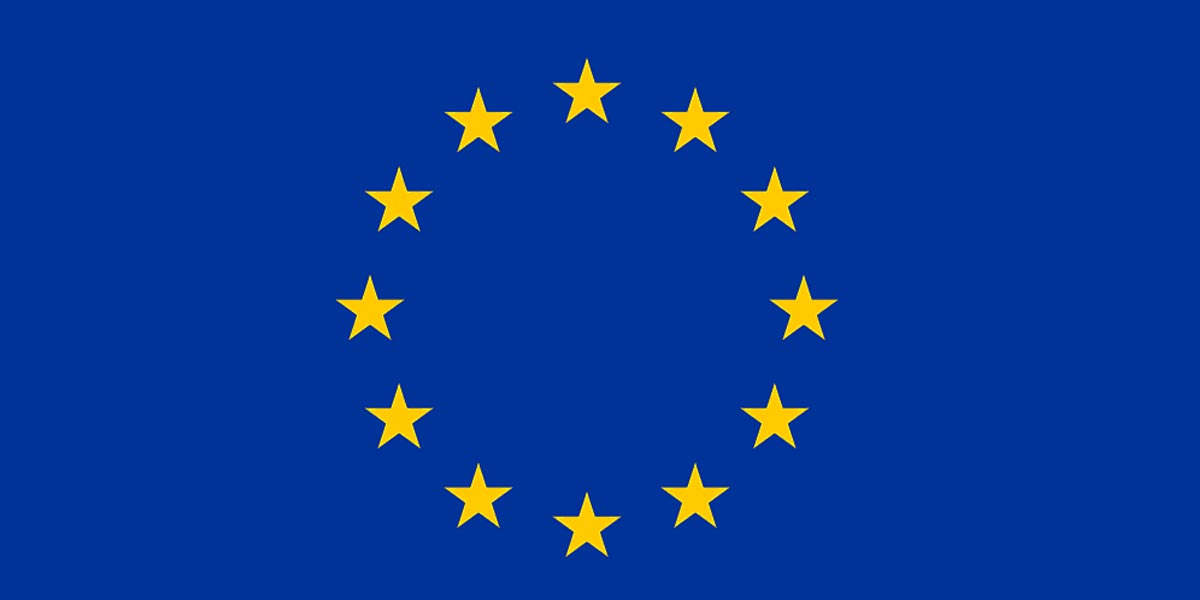On April 16, 2023, the “RCEP Cosmetics Market Research Report (ASEAN Edition)” was released at the “China International Cooperation Forum for Cosmetics.” According to the report, in 2022, China’s total exports of cosmetics to RCEP member countries significantly increased from1.51 billion, a year-on-year growth of 53.8%. The proportion of China’s cosmetics exports increased from 20.2% to 26.4%. Compared to the gradually saturated markets in Europe and America, the RCEP region presents greater potential for international cooperation in the Chinese cosmetics industry. Cosmetics, used on any part of the human body for cleaning, emitting fragrance, beautifying, maintaining, keeping in good condition, or modifying the body odor, require substances or mixtures that are friendly and gentle to our skin. Whether you are a cosmetics product entrepreneur, consumer, or a business engaged in the cosmetics trade for many years, ensuring that the cosmetics we purchase comply with EU standards is crucial. It guarantees product quality and, more importantly, takes responsibility for consumer health! So, how can we ensure that the cosmetics we procure meet EU standards? Today, we will elaborate on the standards cosmetics must comply with in the EU!
Checking Product Labels and Packaging.
1. Product Information File (PIF): Manufacturers need to create and maintain a Product Information File containing technical documents and relevant information about the cosmetics to ensure compliance with regulations.
2. Product Labels: Cosmetic labels must provide the following information: ① A list of product ingredients following specific international nomenclature regulations. ② Instructions for use, including application methods and expected effects. ③ Safety warnings, especially regarding potential allergic reactions to certain ingredients.
3. Label Language: Information on the label must be in the official language(s) of EU member states. Additionally, if the product is sold in other member states, additional language versions may be required.
4. Packaging: Cosmetic packaging must ensure the stability and safety of the product under normal conditions of use. It should also prevent contamination and deterioration of the product.
5. Prohibited Substances: Regulations specify certain substances that are prohibited or have usage restrictions in cosmetics.
Verification of CPNP Notification. CPNP, or the Cosmetic Products Notification Portal, is a certification required for all cosmetics exported to the European Union. The CPNP serves as an online notification system designed for submitting specific technical compliance-related information about cosmetics. It was established to enforce Regulation (EC) No 1223/2009 on cosmetics, aiming to coordinate the regulation across the 28 EU member states and four EFTA countries. Since July 2013, it has become mandatory for all cosmetic products to undergo notification through CPNP. How can you confirm whether the products you are procuring have been notified through CPNP?
1. Request the Notification Number: If you are a purchaser, ask the supplier to provide the notification number for the cosmetic product in CPNP. This unique identifier serves to distinguish products that have been successfully notified in the EU market.
2. Query the CPNP Database: You can verify the notification status of a product by accessing the CPNP database. Within the database, input the product’s notification number or other relevant details to check if the product has undergone the required notification.
3. Contact Regulatory Authorities: If you encounter difficulties in verifying through the CPNP database, consider reaching out to the regulatory authorities in the relevant countries. Inquire whether there is information regarding the notification status of the specific products.
4. Examine Product Labels and Packaging: Typically, cosmetics that have been successfully notified through CPNP will display the notification number on their labels or packaging. Conduct a thorough examination of the product’s packaging to ascertain the presence of this information.
Understanding Cosmetic Regulations.
1. Preliminary Opinion on Water-Soluble Zinc Salts for Oral Hygiene Products by EU SCCS: On July 4, 2023, the EU Scientific Committee on Consumer Safety (SCCS) provided preliminary advice on water-soluble zinc salts for oral hygiene products. The SCCS suggested a safe concentration of 0.72% soluble zinc salt (as zinc) in toothpaste for children under 1 year old and 1% soluble zinc salt (as zinc) for individuals above 1 year old.
2. Addition of 30 Prohibited Cosmetic Ingredients by the EU: On July 19, 2023, the European Commission released (EU) 2023/1490, amending the “Cosmetic Restricted Substances List” in Regulation (EC) No 1223/2009. This update includes 30 newly identified substances recognized as carcinogenic, mutagenic, or toxic to reproduction (CMR). The implementation date is December 1, 2023.
3. Further Steps to Eliminate Animal Testing by the EU: On July 25, 2023, the EU outlined legislative and policy frameworks related to animal testing, aiming to progressively eliminate animal experiments and improve animal welfare. Key aspects include reinforcing the ban on animal testing for cosmetics, reforming EU chemical legislation, and modernizing EU science.
4. Revision of Ecolabel Standards for Cosmetics and Animal Care Products by the EU: On July 25, 2023, the European Commission issued Regulation (EU) 2023/1540, amending and correcting the decision establishing Ecolabel standards for EU cosmetics and animal care products. The regulation came into effect on July 26, 2023.
5. Addition of 56 Fragrance Allergens Mandating Labeling by the EU: On July 26, 2023, the EU released Regulation (EU) 2023/1545, proposing amendments to the “Cosmetic Restricted Substances List” in EU Cosmetic Regulation (EC) No 1223/2009.
Choosing Well-Known Brands and Recognized Retailers
1. For End Consumers:
Consider opting for brands with a solid reputation and recognized retailers. Brands with good reputations often prioritize product quality and safety. Research the brand’s history, customer reviews, and industry reputation. Ensure that you are purchasing products that meet standards and are safe and reliable. Additionally, carefully read the ingredient lists of cosmetics to ensure they do not contain components that may cause allergies or be unsuitable for your skin. If in doubt, conduct allergy tests or seek advice from a professional dermatologist.
2. For Cosmetic Buyers:
Choosing the right supplier is a significant challenge for cosmetic buyers, as they bear more pressure and responsibility. Buyers need to ensure that products are safe and comply with EU standards. Investigate the reputation and performance of the brand producing the goods, and gather feedback from other buyers. A good brand reputation typically indicates adherence to high standards. Check whether the brand complies with EU regulations, especially if its products are registered on the Cosmetic Products Notification Portal (CPNP). Compliance is a key indicator of ensuring products meet standards. Buyers can proactively communicate with sellers to understand their production processes, quality control measures, and compliance. Direct communication provides a more comprehensive understanding of the seller’s situation. Finally, buyers can inquire within their social circles to find reputable sellers. Merchants with positive reviews often offer products with a good balance of quality and price.
No matter the product—clothing, shoes, bags, or cosmetics—counterfeit items are prevalent, requiring heightened awareness for safety. Avoiding the purchase of counterfeit cosmetics is crucial because these imitations may pose quality issues, safety hazards, and non-compliant ingredients. Here are some tips on how to avoid buying counterfeit cosmetics.
1. Choose Trusted Channels:
Opt for reputable and established retailers, official counters, or brand websites to purchase cosmetics. Avoid shopping from unofficial channels, street markets, or unfamiliar websites. When shopping at brand counters or authorized stores, ensure you are getting genuine products.
2. Be Cautious of Low Prices:
If a cosmetic product’s price seems too low, especially significantly below market value, it could be a sign of a counterfeit. Exercise caution when buying products with overly tempting prices. Be wary of overly discounted promotions and sales, as counterfeit products may be sold through such means. Avoid purchasing second-hand cosmetic products, as it increases the risk of acquiring counterfeit items.
3. Check Packaging and Labels:
Carefully inspect product packaging and labels for spelling errors, low-quality packaging, or unclear labels. Legitimate brands typically prioritize product details and quality.
4. Refer to Consumer Reviews:
Before making a purchase, check consumer reviews and feedback, especially on professional cosmetic communities or official websites. This helps understand other people’s buying experiences.
Contacting Manufacturers or Responsible Parties. Directly communicating with manufacturers or responsible parties is an effective way to ensure the procurement of cosmetics that comply with EU standards. Here are some steps to consider:
1. Engage in Direct Communication:
Initiate direct communication with the manufacturer to understand their production processes, quality control systems, and compliance with EU standards. Inquire about any relevant certifications or certificates they may have.
2. Request Certificates:
Ask the manufacturer to provide relevant certificates that comply with European cosmetic regulations, such as the Cosmetic Product Safety Report (CPSR). These documents serve as evidence that the product meets standards.
3. Understand Factory Conditions:
Inquire about the factory conditions and facilities of the manufacturer to ensure they comply with EU Good Manufacturing Practices (GMP) and other standards.
4. Conduct Factory Inspections:
If possible, conduct inspections of the manufacturer’s factory to personally understand their production processes, quality control procedures, and actual conditions.
Reference Consumer Reviews and Feedback. Consumer reviews and feedback are crucial references for purchasing cosmetics that comply with EU standards. Here’s why:
1. Product Quality and Effectiveness:
Consumer reviews provide practical feedback on product quality and effectiveness. Their experiences can help you understand the actual effects of the product, including whether it lives up to its advertised claims and if it causes any adverse reactions on the skin.
2. Customer Satisfaction:
Understanding the satisfaction of other buyers helps evaluate the reputation of the manufacturer or brand in the market. Highly satisfied reviews may indicate that the brand provides satisfactory product quality and service.
3. Real-World Application of the Product:
Consumer comments often include their experiences with the actual use of the product. This is valuable for understanding the practical application, usability, and effectiveness of the product.
4. Adverse Reactions and Allergies:
Consumer reviews may contain information about adverse reactions or allergies caused by the product. This is crucial for understanding the safety of the product and the tolerance of its ingredients.
5. Improvement Suggestions:
Consumer reviews often include suggestions for product improvement. This provides insights into potential shortcomings of the product, helping you make informed purchasing decisions.
When choosing to procure cosmetics that comply with EU standards, we are not just purchasing products; we are investing in quality, safety, and trust. By carefully examining product labels, communicating with manufacturers, and referencing consumer reviews, we can make more informed choices. When purchasing cosmetics, it is crucial not only to focus on the appearance and effects of the products but also to emphasize their compliance with EU standard regulations. Choosing reputable brands and certified manufacturers ensures product quality and safety, a key step in establishing a trustworthy supply chain. Ultimately, our goal is to provide consumers with safe and effective cosmetics, fostering satisfaction and confidence in their usage. By diligently selecting products that meet EU standards, we collectively strive for beauty and health, contributing to the creation of a reliable beauty market. In future procurement decisions, let’s remain vigilant, pursue higher quality, and collaboratively shape an industry full of trust and excellence!




